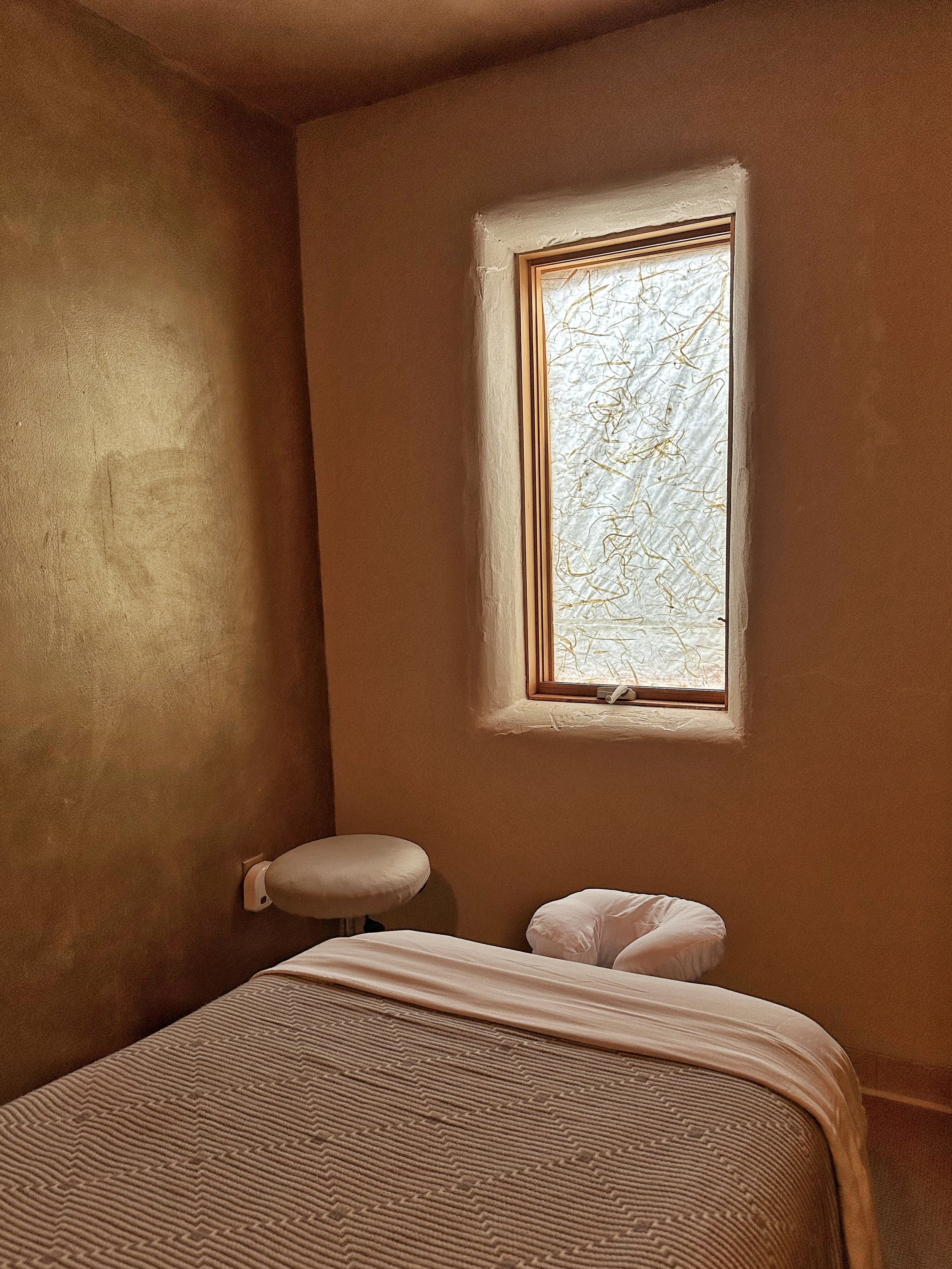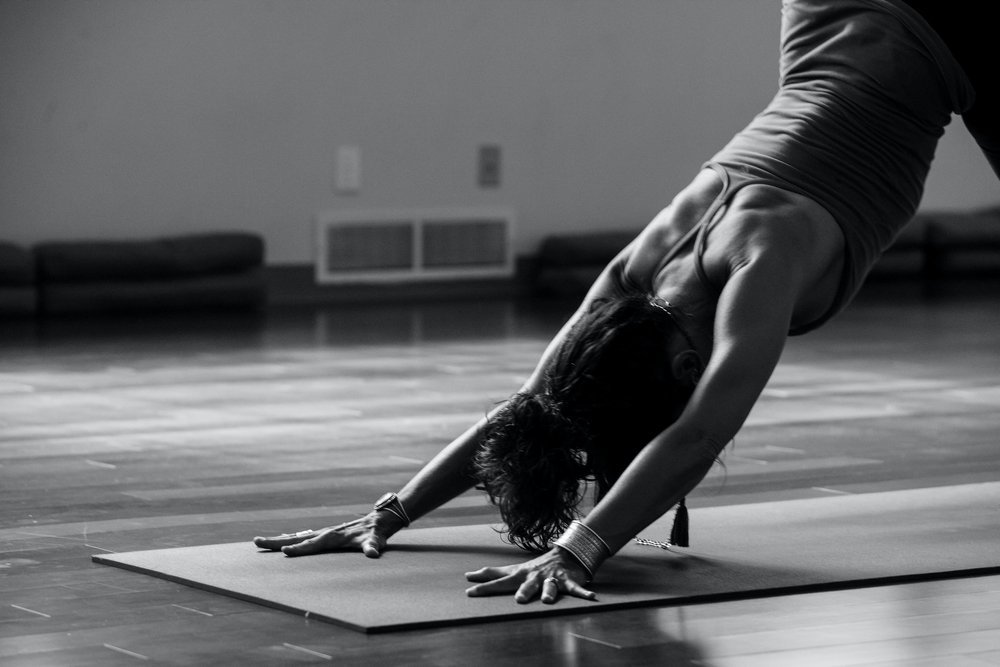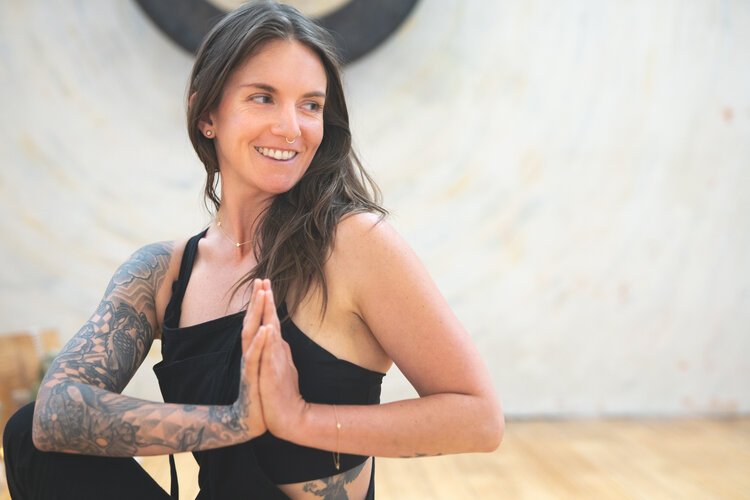Mastering the Art of Balance: Yoga Tips for a Harmonious Life
Look beyond the mat and apply your yoga practice more broadly to cultivate balance, both literally and figuratively!
The Foundation of Balance: A Strong Core
At the heart of balance lies a strong foundation. Just as a tree needs deep roots to sway gracefully in the wind, our yoga practice thrives when we build strength and stability by incorporating core-strengthening poses like Plank, Boat Pose, or Warrior II. Engage your muscles, find your center of gravity, and feel the empowering energy radiating through your body. A strong foundation will support you through the challenges of life, both on and off the mat.
Explore these empowering balancing poses:
-
Embrace the grace of a swaying tree as you root down through one foot and bring the other foot to your inner thigh or calf. Find your focus, engage your core, and let your branches reach for the sky. Feel the strength and stability emanating from your standing leg, enhancing your overall balance.
-
Channel your inner warrior as you shift your weight forward and extend one leg straight back, parallel to the floor. Extend your arms forward or place your hands in prayer position at your heart center. Feel the activation in your core and the lengthening in your extended leg, cultivating a strong and steady foundation.
-
Experience the graceful embrace of an eagle as you wrap one leg around the other and cross your arms at the elbows, intertwining them like branches. Find your center of gravity and allow the pose to challenge your balance. Feel the engagement in your legs, hips, and core as you soar into a state of balance and concentration.
-
Embrace your inner lunar energy as you balance on one leg and extend the other leg out to the side. Place one hand on the floor or a block, and reach your opposite arm toward the sky. Explore the sensation of length and expansion, feeling both grounded and uplifted simultaneously.
-
Connect with your inner dancer as you lift one leg behind you and reach for your foot or ankle with the corresponding hand. Feel the stretch in your quadriceps and the opening in your heart space. Engage your core and find your focal point to create a stable and graceful pose.
Author’s Sidenote: Join us in the studio at BODY to explore these empowering poses and more.
Finding Equilibrium: Cultivating Mind-Body Connection through Yoga
Yoga is not just about physical postures; it's a dance between the mind and body. Cultivate a deep mind-body connection by practicing mindfulness during your yoga sessions. As you flow through each pose, invite your mind to join the rhythm. Listen to your breath as you move through each pose, and let your breath guide your movements. Tune in to the sensations in your body, honoring its limits and needs. Allow thoughts to come and go like passing clouds. This mind-body connection allows you to find your equilibrium, aligning your physical and mental states.
Explore techniques to foster a harmonious mind-body relationship:
-
As you flow through your yoga practice, bring your attention to the breath. Inhale deeply, feeling the air filling your lungs, and exhale slowly, releasing any tension or stress. Let each breath be a reminder to be present in the moment, grounding your mind and connecting it to your body.
-
Use your senses to fully immerse yourself in the practice. Notice the feeling of your feet pressing into the mat, the sensation of your muscles stretching and releasing, and the sound of your breath. By bringing awareness to these sensations, you deepen your connection to your body.
-
Instead of going through the motions, approach each yoga pose with mindfulness and intention. Pay attention to the alignment of your body, the engagement of your muscles, and the subtle shifts in energy. Let every movement be deliberate, enhancing the mind-body link.
-
Throughout your practice, take moments to check in with yourself. Scan your body for any areas of tension or tightness, and consciously release and relax those areas. Tune in to any emotions or thoughts that arise without judgment.
-
After your physical practice, find a comfortable seated position and allow yourself to settle into stillness. Close your eyes, bring your attention inward, and observe the sensations, thoughts, and emotions that arise. By dedicating a few minutes to meditation, you deepen your connection to your inner self.
Embracing Flow: Flowing through Transitions and Challenges
Life is a series of transitions and challenges, and yoga teaches us to embrace them with grace and ease. In the practice of yoga, we learn to flow from one pose to another, navigating the transitions with a sense of fluidity. Carry this flow into your daily life. When faced with obstacles, breathe and find your flow. Let go of resistance and surrender to the natural rhythm of life. Trust that you have the strength and resilience to overcome any challenge that comes your way. By embracing the flow, you'll find balance even amidst life's most turbulent times.
Summary
Balance is not just a physical state but a reflection of our inner selves.
Build a strong core and emphasize balancing poses to support you in all endeavors.
Invite inner harmony and cultivate a mind-body connection via mindfulness and intentional breath work.
Gracefully navigate transitions and challenges in your life by visualizing them as yoga poses that you have the power to flow through.
With practice, you can embrace a sense of balance, radiating wellness on and off the yoga mat. Trust the process, and keep flowing.
#radiatewellness








While many might think of meditation as a linear practice involving a seated position and sitting in silence, the term itself is an umbrella for non-linear methods of presence. Our Mysore class may just be your next favorite class and form of meditation. The best part is that once you memorize the sequence, you can do it anywhere.